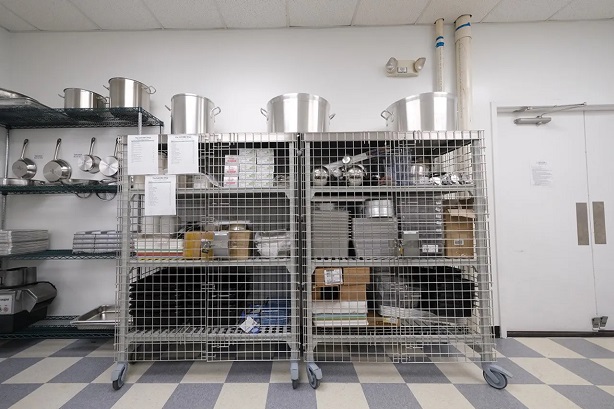Warehouse Organisation: The Role of Stillages in Streamlining Operations
If you’re a business owner who deals with goods, you likely know how inconvenient it can be to transport and store products using only pallets. Wooden pallets are weaker, more damage-susceptible and more problematic to move around. For these and many other reasons, businesses frequently use stillages, a staple in the industry that plays a crucial role in manufacturing and warehouse operations.
What Is the Use of a Stillage?
A stillage is a storage cage made of steel built and used to separate and transport products. Its exclusive function is to help transfer and move objects around a factory floor. However, stillage cages are often stackable, which helps maximise floor space and assists you with tracking goods more efficiently. Here are some more benefits to help you decide if your business can use these extremely versatile storage units, along with advice on choosing the right ones for your company.
Benefits of Steel Storage Cages

Improved Safety
Enhanced safety is one of the top benefits of using sturdy storage cages for your storage and mobility requirements. They can withstand a heavy load, are built for frequent use and are resistant to extreme temperatures, making them a safer option for your staff and customers than wooden pallets. Moreover, steel cages can’t snap, causing damage to people handling them.
Enhanced Efficiency
Compared to other storage methods, stillages can help you create a well-organised inventory, immensely contributing to its improvement. Using stillage cages can make your team’s daily routines more manageable, safer and more fluent, enhancing your business’ efficiency.
Optimised Space
The traditional factories frequently turn to building warehouse space when production is at its highest. Most stillage types allow for easy disassembly, meaning they don’t take up much warehouse space when you don’t need to use them.
Effortless Stacking
You can easily stack steel storage cages using a forklift because of their stackable design and the fact that they’re much safer and aren’t susceptible to collapse. That contributes to a more organised and clutter-free warehouse space.
Incredible Durability
High-quality steel cages are durable, allowing you to store different goods for years. Since you won’t need to keep paying for new pallets, which are more susceptible to cracking and damage, using steel storage devices can be cost-saving in the long run.
How to Choose the Right Steel Storage Solution for Your Business?

Now that you know that logistics and steel cages go hand in hand, you may wonder which type is right for your warehouse. Security cages manufactured from heavy-duty mesh and a welded frame come in various sizes and shapes with timber and steel bases. Some have a construction to suit racking, while others have wheels for easy ground moving. All have entry points for forklifts. Here are seven easy steps to help you choose the best mesh cage solution for your storage facility.
Recognise Your Needs
The first thing you should do is take a close look at your personal needs and goals. Consider what you need to move or store, your warehouse space, and any individual company management needs.
Determine the Load Capability
It is possible to determine the precise amount of space and load capacity needed if you understand what you need to transport or store. You can use this information to learn how much weight your stillage containers can hold. It’s critical to consider the maximum weight the containers can support before they crack or become dangerous.
Think About the Construction and Material
It’s also necessary to go over the components and building methods used to create the stillage cages. Because steel warehouse cages are long-lasting, you can use them for many purposes. When making decisions, keep your budget and practicality in mind.
Evaluate Handling and Accessibility
Planning how to get to and from the stillage containers at your storage facility is essential. Features like access points, drop-down gates, and removable panels are all excellent choices to ease loading and unloading. You’ll need clear access to stack the containers and use forklifts and other handling tools. It’s critical to move containers swiftly and effectively across the warehouse.
Analyse Space Efficiency and Stackability
You need to assess the efficiency and stackability of the stillage containers if your warehouse is small. Seek for stackable cages that hold up well to the additional weight you’ll place on them. Specific storage containers employ a design with interlocking pieces to maximise the vertical space available and offer stability when stacked. Compact storage options, such as foldable or collapsible mesh cages, are also great alternatives.
Consider Versatility and Compatibility
Check if you can flexibly integrate the stillage cages into your current configuration. Look for containers that will fit your warehouse’s design while serving various purposes. A pallet and racking system that work together can increase productivity and lower the chance of delays.
Examine Prices and Quality
Lastly, research and compare the price and quality of different stillages. While it can seem convenient to go with the least-priced option, doing so usually costs more in the long run. To learn how reliable a manufacturer or supplier is, read through customer reviews and ask for free samples. You can strike a decent balance between cost and quality by comparing pricing and available options.






